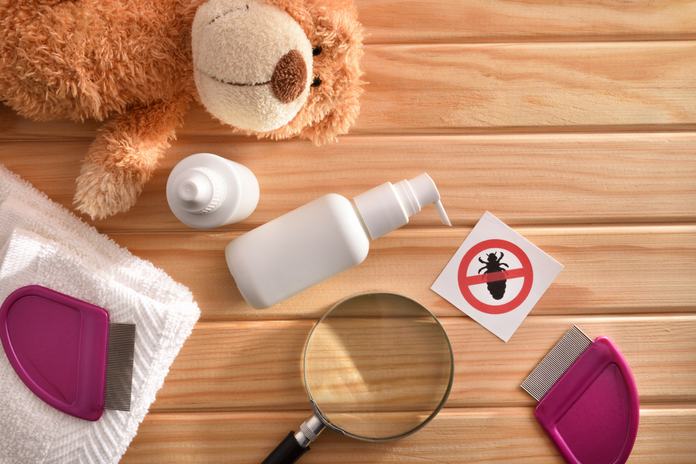Preventing lice
There is no proven method or product that will eliminate the spread of lice, but various steps can lower the chances of getting it. You should avoid head-to-head contact with people whenever possible. Do not share your hygiene products, like brushes and combs. Avoid “hot spots,” such as shared coat hooks, locker spaces, and closets. Inform your school-going children about lice and instruct them on the measures they can take to reduce the risk of getting it.
Sometimes, an allergy to feces of lice will lead to a rash and discomfort in the affected person. Scratching that area repeatedly to relieve itching can break the skin barrier leading to an infection in that area. In some rare cases, lice living on eyelashes can cause eye inflammation and lead to pink eye. In some cases, the lice’s very idea may lead to stress and sleepless nights for parents and children.
If nits aren’t appropriately removed during the treatment, or if you are in repeated contact with an individual who has not got rid of their lice completely, you may find yourself experiencing infestations again and again. If this occurs, you need to repeat the whole treatment after every seven days until you get rid of them.
It’s quite challenging to prevent the lice spread among children in school settings and child care. There’s so much close contact between children and their items that lice can spread quickly in schools. It doesn’t reflect your or your children’s hygiene habits, and it doesn’t mean that you fail as a parent if your child gets head lice.
Various over-the-counter products claim to repel lice, but more scientific research is needed to prove their effectiveness and safety.
Several studies have shown that ingredients used in some of these claimed products — mostly plant oils such as rosemary, coconut, tea tree, and olive — may work to repel lice. These products are termed as “natural,” so Food and Drug Administration (FDA) does not regulate them, and their effectiveness and safety haven’t been tested according to FDA standards.
Until more research is carried out on the effectiveness of anti-lice products, the best way to eradicate lice — and their eggs — so that you don’t have to deal with more lice, following measures can be taken:
- Instruct your child to avoid head-to-head contactwith his/her classmates during play and any other activity.
- Tell your child to avoid sharing personal belongingssuch as combs, hats, coats, brushes, scarves, headphones and hair accessories.
- Ask your child to avoid shared spaceswhere more than one student’s clothing and hats are kept in the same locker or hung together on a common hook.
However, it’s quite unrealistic to believe that you and your child can prevent all the types of contact resulting in the lice spread.
There may be nits in your child’s head, but they may not necessarily become the victim of head lice. Some nits have empty eggs. However, nits present within 1/4 inch (6.4 millimeters) of the head must be treated — even if there is only one — to prevent any chance of hatching.
Nits that lie farther away from the hair shaft are probably the result of an old infestation, but they should also be removed to prevent lice recurrence.

